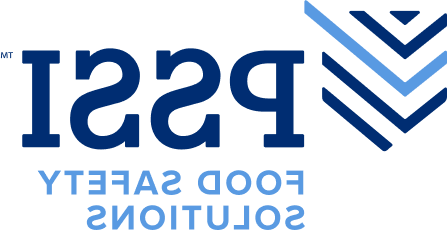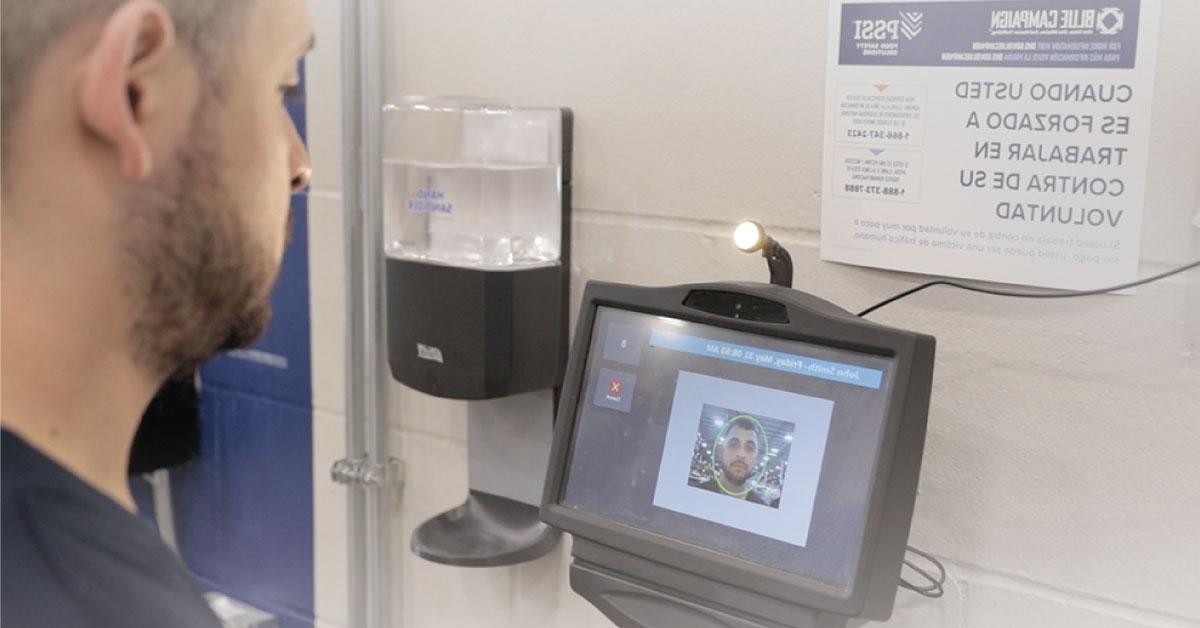Firms spend millions of dollars annually on whistle-blower hotlines, training, and other efforts to ensure adherence to laws, regulations, and company policies, reports the Harvard Business Review. Unfortunately, too many firms treat compliance as a box-checking exercise, making employees sit through training and attest that they understand the rules, but failing to assess the effectiveness of their compliance programs, or doing so with faulty metrics.
According to Deloitte and Compliance Week, only 70% of firms even try to measure the effectiveness of their compliance programs. And of those that do, only a third are either confident or very confident that they are using the right metrics.
PSSI has spent the last two years toughening its compliance measures to become some of the toughest in the food safety industry – specifically in the area of child labor. Diego Alvarez Chief Compliance Officer at PSSI, says the sanitation services company continues to sharpen its compliance policies and procedures to uphold a zero-tolerance code against employing anyone under the age of 18. Enhanced hiring and training and unannounced third-party compliance inspections are just some of the bold efforts PSSI is taking.
A new PSSI whitepaper is a compliance playbook and best practice guide to creating an even more compliant workforce. It focuses on building a strong compliant workforce by focusing on integrity, navigating compliance challenges, and work toward effective governance and ethical conduct.
To that end, PSSI outlines its multi-faceted approach toward workforce compliance that embeds compliance into the company culture and establishes clear lines of accountability:
- Evaluate Governance Structure. Identify the strengths and weaknesses that impact the ability to support compliance efforts. Determine whether governance methods, such as decision-making processes and committee structures, align with compliance objectives.
- Establish Specialized Committees. Such committees can provide oversight, guidance, and experience in regulatory compliance, risk management, and ethical conduct.
- Create Independent Compliance Functions. Centralized units should have clear mandates, resources, and authority to oversee compliance activities, reporting directly to a dedicated compliance leader.
- Build a Comprehensive Compliance Plan. A plan tailored to PSSI includes regular risk assessments, employee training, robust monitoring, and auditing to proactively identify and address potential compliance issues.
- Encourage Active Reporting of Concerns. This fosters a culture of transparency and accountability. Hotlines, anonymous online platforms, and dedicated emails are all possible reporting channels. In other words, “SPEAK UP: See Something, Say Something.”
- Specialized Training for Managers and Hiring Authorities. Rely on internal and external resources to provide training that empowers hiring managers and focuses on roper candidate screening and equal opportunity employment.
While this myriad approach to workforce compliance is proving effective, PSSI’s journey is ongoing and permeates the entire organization. Alvarez says that, too often, workforce compliance is a sub-function within the Human Resources Department. Recognizing the importance of ensuring compliance across all aspects of the organization requires a multi-faceted approach that embeds compliance into the company culture and establishes clear lines of accountability.
Download a copy of the PSSI whitepaper: http://ayh.dailyreduc.com/resource/whitepaper-building-a-culture-of-workforce-compliance/.

